Cremona: an itinerary to discover the places of music
Over time, Cremona has increasingly defined itself as the “city of music and violin making,” as it in its history counts such figures as the composer Marcantonio Ingegneri (Verona, 1536 - Cremona, 1592), his pupil Claudio Monteverdi (Cremona, 1567 - Venice, 1643) and Amilcare Ponchielli (Paderno Fasolaro, 1834 - Milan,1886), also a composer, but also a band director and teacher. For this reason, the city turns to the public a new itinerary intended for all music lovers who wish to discover the Cremonese territory in its musical and food and wine aspects.
Cremona, in the sounds of places, this is the title of the itinerary, intends to lead visitors in search of the sounds of the city’s most beautiful places, in its music spaces still alive today. In addition to violin making, the city offers the seasons of the Ponchielli Theater, the Monteverdi Festival, the Stradivari Festival, and a vibrant reality of musical shows and performances spread throughout the municipal and provincial territory. The itinerary includes places of musical interest scattered throughout the city, including the Violin Museum and its Giovanni Arvedi Auditorium, the violin-making workshops, and the civic museum collection The Rooms for Music. But the surrounding area also offers elements of interest, starting from Crema, famous for its organ-making art, to Casalmaggiore, passing through Paderno Ponchielli, Ripalta Guerina, and finally Soncino, among the most beautiful villages in Italy.
The Violin Museum preserves Stradivarian artifacts, the Casket of Treasures and offers a reconstruction of a violin-making workshop: this is the place that has always linked Cremona to violin making. For its part, theGiovanni Arvedi Auditorium, on the other hand, extols the city’s role as the capital of the violin and music. Worth visiting is the Ponchielli Theater, considered by many to be a miniature version of La Scala, with its rich and welcoming interior: it is certainly one of the central venues of the city’s cultural life, where seasons of its performances are held, as well as conferences and talk shows. The Ala Ponzone Museum ’s Rooms for Music collection then brings together instruments that belonged to well-known collectors, musicians and aristocrats and includes about fifty plucked string instruments, as well as sixty violins, violas, violas d’amore, pochettes, hurdy-gurdies, guitars, english-guitars, mandolins and lutes, made by major European craftsmen from the 17th to the 19th centuries. Then there are the lutherie workshops, because it is by entering the workshops and talking to the luthiers that one truly discovers every little secret of this art. Finally, one cannot fail to go to Piazza del Comune, the symbol of the city, to admire its monuments: the Torrazzo, the Cathedral, the Baptistery, the Palazzo Comunale and the Loggia dei Militi; and to the church of San Sigismondo, among the architectural jewels of the Lombard Renaissance, before the coming of Bramante. It was rebuilt in 1463 on the commission of Bianca Maria Visconti on the site of the church where she had married Francesco Sforza in 1441.
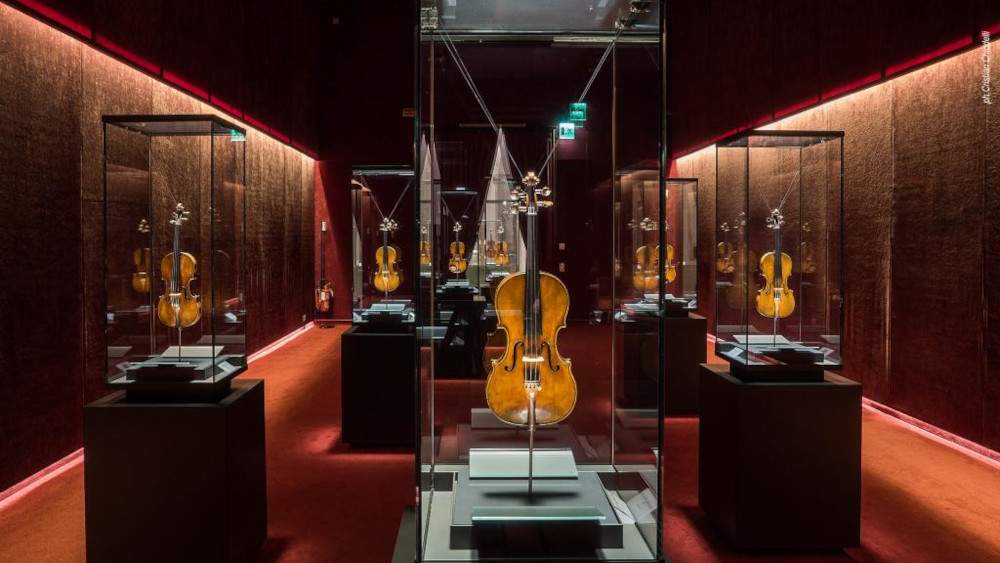
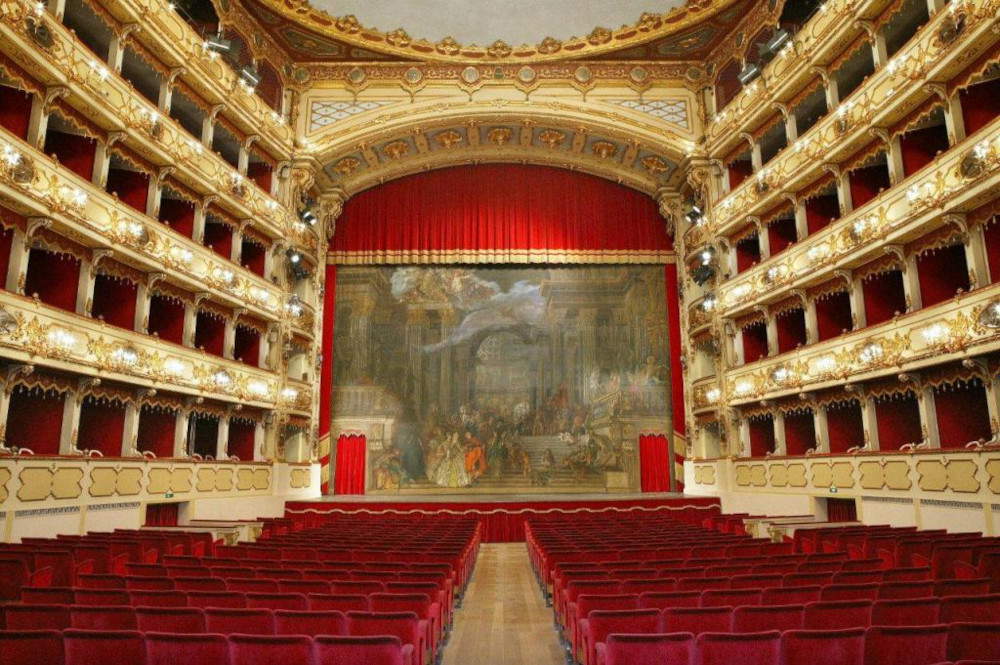
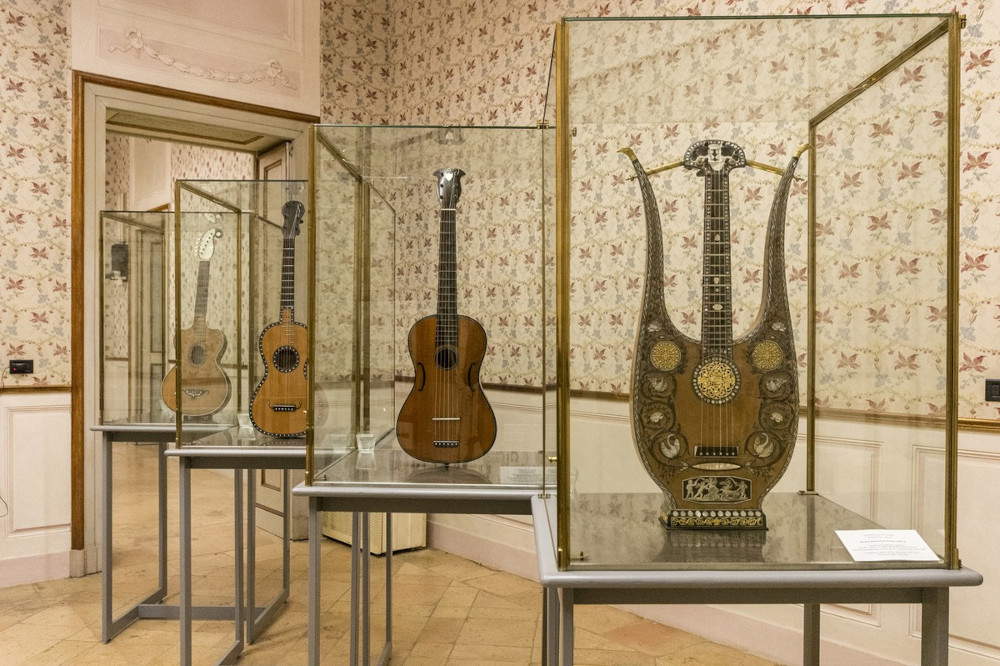
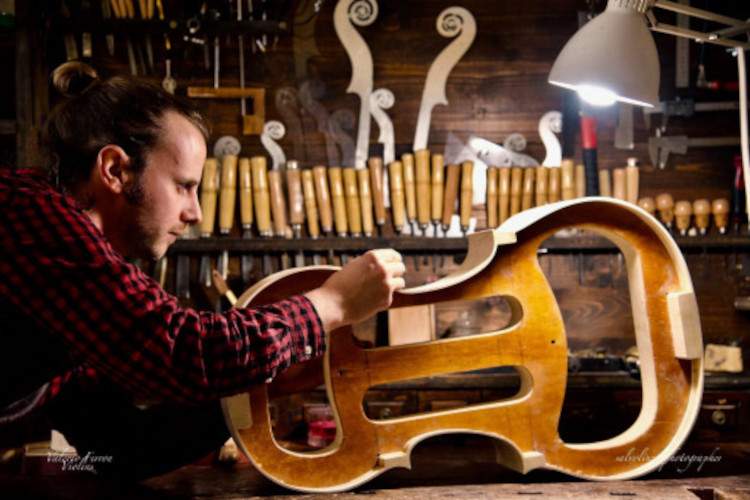
The itinerary also includes the surroundings of Cremona, starting with Crema, which was the birthplace of important musicians such as Vincenzo Petrali, Giovanni Bottesini, and Stefano Pavesi. The city is home to craft workshops that produce and restore organs and build organ pipes; the Crema Civic Museum has dedicated two rooms specifically to the organ-making tradition.
In the small village of Ripalta Guerina is Villa Monticelli-Toscanini: the villa, linked to the Monticelli family lineage, was purchased in 1936 by Arturo Toscanini, who chose it as his home to compose some of his works. Paderno Ponchielli, on the other hand, is famous for being the birthplace of the great composer Amilcare Ponchielli. A plaque on the facade of the town hall commemorates him, and a museum with memorabilia and musical instruments has been set up at the house where he was born. Vincenzo Bellini lived in Casalbuttano: his stay here was happy for his musical career, but also for the love affair he had with the wife of landowner Ferdinando Turina, Giuditta Cantù. The highest tower in the village is known as the Norma Tower and was erected by the Turina family to commemorate Vincenzo Bellini’s Casalbuttanesi sojourns with his lover.
Among the most beautiful villages in Italy is then Soncino with its imposing walls. The Rocca Sforzesca was built in 1473 and readapted in the 16th century as the summer residence of the Stampa family. Also worth a visit is the church of Santa Maria delle Grazie particularly for its iconographic depictions of ancient musical instruments. finally, Casalmaggiore offers the International Music Festival with an advanced course focused on honing live performance skills, put to the test with one performance a day.
And that’s not all: the musical experience can also be enjoyed at the table. Thanks to the network of operators adhering to the East Lombardy tourism marketing project, many restaurants, osterias, trattorias, wine bars and producers will offer music-themed dishes and tastings.
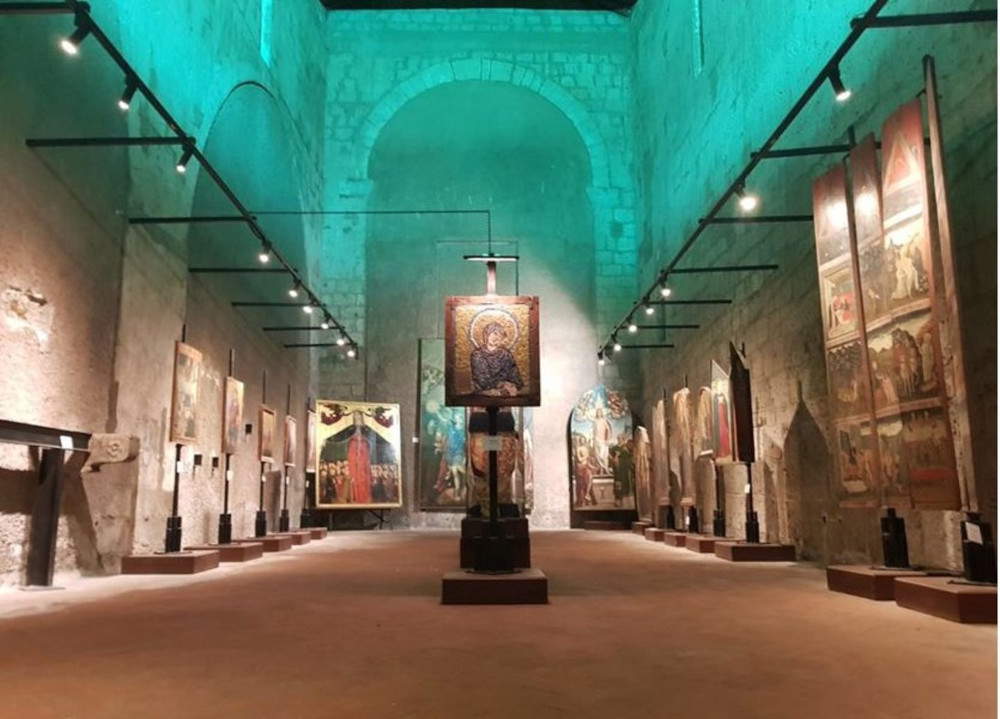
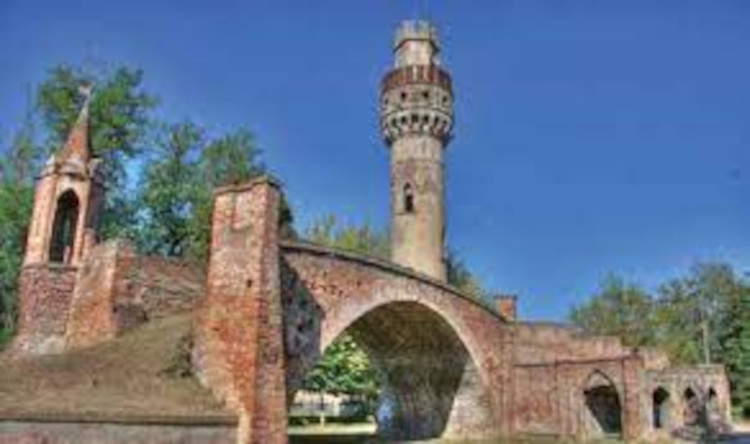
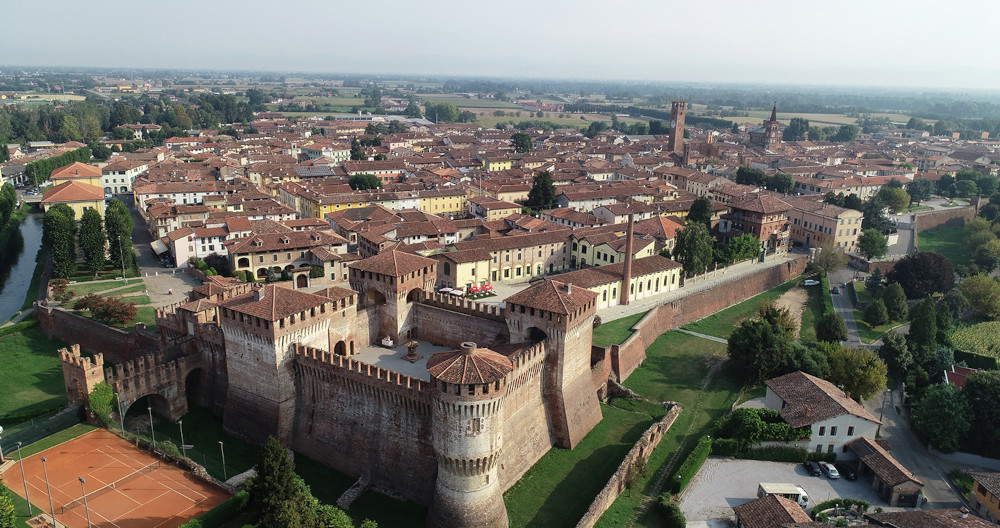

 |
| Cremona: an itinerary to discover the places of music |
Warning: the translation into English of the original Italian article was created using automatic tools. We undertake to review all articles, but we do not guarantee the total absence of inaccuracies in the translation due to the program. You can find the original by clicking on the ITA button. If you find any mistake,please contact us.


























